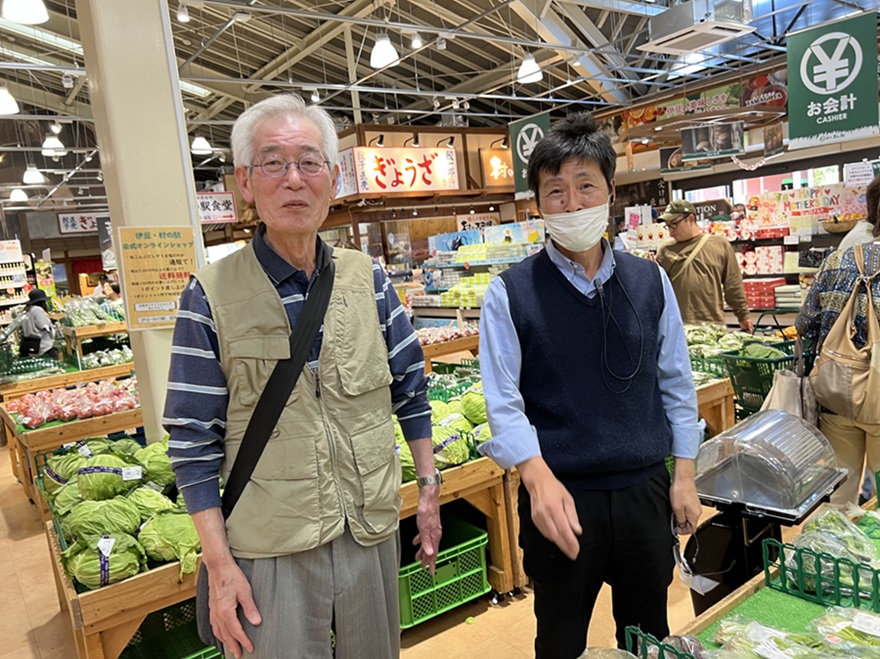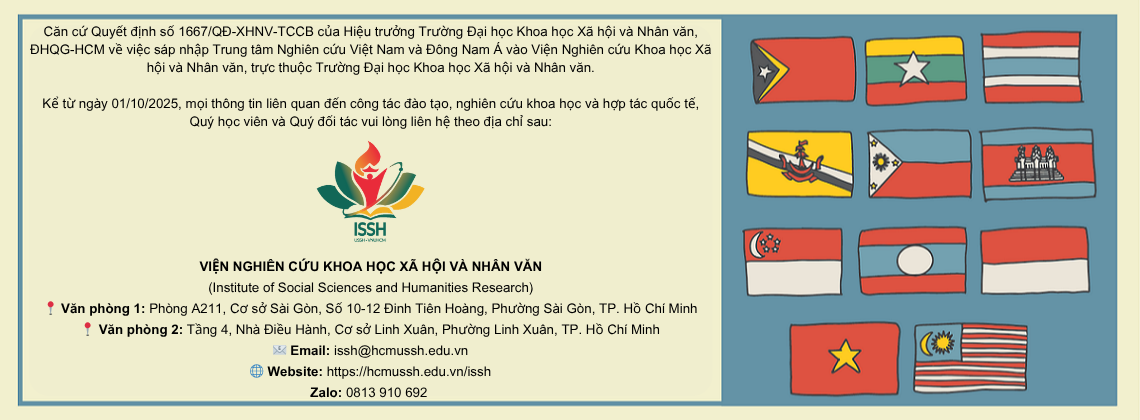HOW DID JAPAN BUILD NATURAL AGRICULTURE?
, 16/07/2024 10:07After several decades of transformation, with the participation of research institutes, businesses, and the government, along with the active cooperation of their people, Japan has shaped ecological and organic agricultural models in a natural direction that an agricultural country like Vietnam can refer to and learn from.
The proportion of organic agriculture is still less than 1% in Japan. However, the Japanese government is currently promoting green agriculture towards sustainability and environmental friendliness, with the goal of reaching 1 million hectares of organic agriculture, accounting for about 25% of the area by 2050.
Ministry of Agriculture, Forestry and Fisheries of Japan is promoting the creation of natural and organic production areas across Japan, with the goal of establishing 100 green cities by 2025 and 200 green cities by 2030.
Tough times in building a quality agricultural community
After nearly two hours of flying from Tokyo to Kumamoto in southern Japan, I visited the ecological agriculture model of Mr. Sawamura - Director of Higo Ao Kai Company. Here, I witnessed firsthand what he pursued to create a significant brand of organic agriculture in Japan.
Mr. Sawamura's path to organic farming has been a long one, filled with many difficulties. There were times when it seemed impossible to overcome, but thanks to the cooperation of the government and consumers, he persevered and affirmed his brand.

Organic farm in Ohito (Japan)
Higo Ao Kai Company is the only place where organic tomatoes are grown all year round, and it is very popular due to the difference in quality and taste.
The essence of natural agriculture is fertilizer for plants, which combines native organisms and local plants. When he saw the environmental company cleaning grass on the riverbank, Mr. Sawamura went to ask for fertilizer.
A few years later, seizing a good opportunity, he rented a large plot of land and asked the local government to dump grass on this land for natural compost to make fertilizer for everyone as needed. Farmers who love small-scale agricultural work come directly to collect their own manure.
People allow the soil to deteriorate and become polluted, and their health is affected by herbicides and chemical fertilizers, which diminishes their quality of life.
However, it does not make sense that farmers do not share the same ambition and continue to use herbicides and chemical fertilizers. Mr. Sawamura visited each household with some friends involved in organic farming to persuade them. The model was supported by many but was later abandoned because the yield did not increase and the harvest time was longer.
In 2001, there were six families growing fruits and vegetables with him, and he founded Higo Ayumi no Kai organic farming company to take advantage of local ingredients. After decades of development, the quality of agricultural products has now caught up with expectations, and consumers come to purchase agricultural products produced by the cooperative.
Fruits, like people, need to be nurtured with clean food. Mr. Sawamura showed us how to make their own compost. The manure is made from local ingredients such as rice bran, red soil, fishmeal, shellfish, shrimp, crab, rapeseed residue, green rice, and field soil, creating a mildly fragrant mixture.
I saw firsthand the glass jars containing fermented soaked water, such as seaweed, watercress, and bamboo shoots, along with yellow sugar imported from the Philippines. In addition, there is also a Chinese herbal extract made from cinnamon and licorice. This water is diluted for irrigation to enhance the nutrition and resistance of the plants.
Currently, he has six Vietnamese workers directly employed at his company. He hopes that young people will learn from the experience here so that they can develop this model for Vietnam in the future.
Farm and School of Organic Agriculture
When I came to Tokyo, I was introduced by Professor Tomy Ogata of Chuo University to the Organic Earth Caretaker farm of my former student, Tatsuya Uchida. Professor Ogata wishes to support research in Vietnam and help apply those findings in the future.
This organic farm is located in Hiratsuka City, Kanagawa, about 90 kilometers from Tokyo. In 2017, Mr. Uchida established a sustainable agricultural school there, teaching natural and organic agriculture and helping students understand the reality compared to the theory taught at school.

Mr. Uchida mentioned that the farm has 7 hectares of land, producing a variety of products: potatoes, sweet potatoes, onions, cucumbers, tomatoes, cabbage, radishes, and carrots, all without fertilizers or chemical pesticides.
Fifty percent of the products are sold in supermarkets, while the rest are delivered directly to 40 customers who register three times a week in advance. The direct delivery price is equivalent to about 500,000 VND for 10 bags of various items. When customers purchase, they can further support the sustainable agricultural school with an additional 160,000 VND to promote agricultural education for the younger generation.
The organic farm is also a green tourist destination.
Professor Hitokoto Noriyuki from Tokyo Joho University invited me to visit the Ohito organic farm in Izunokuni City, which is about 150 km from Tokyo.
This is not only a place to grow crops but also a training center for natural vegetable growing methods. Students practice directly in the field, gaining practical experience and access to advanced farming techniques.

Prof. Hitokoto and the manager of the agricultural sales area sell their products at the rest stop. Photo: Tran Dinh Lam
It has a small supermarket that displays and sells organic agricultural products. All products here are branded by the Ministry of Agriculture of Japan (MOA), ensuring clear quality and origin.
A special feature of the farm is green tourism. Visitors can not only enjoy the scenery but also learn about sustainable production and ecological environment protection, adapt to climate change, and contribute to protecting the earth.
Professor Hitokoto then took us on a tour of the Nousanbutsu chokubaijo stop near Mishima, which showcases a wide variety of goods produced by local farmers. Each product is labeled with the farmer's name on the package. Local rice varieties are very popular, even though the price is higher than usual.
According to Professor Ikemoto, the development of organic agriculture requires the government to have a subsidy policy for the public. It is necessary to have support from the state so that farmers can be assured of producing quality organic products while maintaining a healthy ecological environment and adapting to climate change.
In the past few decades, the transformation of the ecological and organic agricultural model in Japan has been well prepared by research institutes, businesses, and the government, along with the active cooperation of the people.
This enduring process is grounded in a community-oriented philosophy, creating a quality life for people, minimizing disease caused by the accumulation of toxic chemicals in the crop-raising process, and at the same time preserving the earth from degradation, while adapting to climate change. This represents a valuable experience for Vietnam to avoid future risks and bring a truly happy life for its people.
Source: Nhật Bản xây dựng nông nghiệp thuận thiên ra sao? - Tạp chí Kinh tế Sài Gòn (thesaigontimes.vn)
Tran Dinh Lam
Center for Vietnamese and Southeast Asian Studies
University of Social Sciences and Humanities
Vietnam National University Ho Chi Minh City














